Lighthouse way, a different landscape in every step
Considered as the end of the world in the Roman period and located in the far West of Galicia, A Costa da Morte (“Coast of Death” in Galician) is one of the less known coastlines of Spain, and one of the wildest. Its name comes from the numerous shipwrecks which happened along history in this area. Why? Easy answer: enormous rocks, thick mist and a very wild Atlantic. It’s said that its people attracted ships to the coast to make them sink and steal their goods. True? Legend? No one could discover it yet. And yet it’s probably because of its many legends, that visitors can still feel something magical and authentic in the air and people of this chunk of land.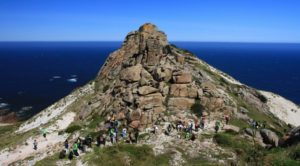
For those who want to discover it, there is a stunning hiking route, O Camiño dos Faros (Lighthouse way), which goes all along discovering nature, wildness and beauty to any walker. The route can be covered in 8 stages and is 200 kilometres long. It runs over many different landscapes and it always looks to the sea towards the West. Lighthouses, beaches, dunes, cliffs, megalithic tombs, rivers, forests, estuaries or fishing villages are just some of the spots which the traveller discovers after each stage. Walking through these miles of coast with its always fresh breeze on the face, one just thinks that life is good after all.
However, if you are thinking that 200 kilometres is just too much for your idea of holidays, my recommendation is choose just a couple of stages and do the rest by car. Stage 5, from Arou beach to Vilan Cape, is particularly beautiful. This route passes by Monte Branco, a dune which reaches a 150-meter height and is one of the biggest in Europe. Other interesting places are A Praia do Trece (a marvellous beach) or o Cemiterio dos Ingleses (Cemetery of the English). Cemetery of the English? Why? As I said earlier, in the past shipwrecks were very common and the majority were English. Three of them took place at the end of the 19th Century: the Iris Hull (1883), the Serpent (1890) and the Trinacria (1893). This stage ends up in Cabo Vilan, which is also a striking viewpoint. No doubt.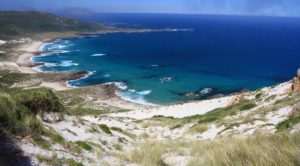
On this video you can check stage 5:
https://www.youtube.com/watch?list=PLRhQwAEpkrvv7dXjDqMYOGUWa45qDj7W1&v=GODoPkQ64_s
Gastronomy
Apart from the landscapes, Galicia and this area is especially well-known for its delicious food. The cold and wild Atlantic produces some of the best seafood in the world: mussels, cockles, octopus, sea-basses or king crabs are just some of the delicacies you can find. If you love this kind of food, you definitely have to try Costa da Morte’s goose barnacles, “percebes”. Everyday courageous wetsuited fishers, “percebeiros”, risk their lives to prise them from the jagged rocks. O Faro do Roncudo (Corme) is one of the best known places to fish them in Costa da Morte and also a must-see.
Going in summer is the best time to enjoy the weather and also blend in with the locals and the many old Christian festivities, which today have been transformed into outdoor dance parties, “verbenas” that run late into the morning.
Hope you enjoyed my blog.
Vanessa
Vamos Let's Learn Spanish. Spanish courses in London. Spanish courses in Valencia.
¿Cuánto sabes? / Tell us what you think
Your email address will not be published. Required fields are marked *
Cancel ReplyYou must be logged in to post a comment.
1 Comment
Keep on learning Spanish
Have fun learning Spanish as we upload the A1 and A2 episodes of Cava Baja, our cartoon soap in Madrid.
For higher levels, we'll test your Spanish with specially written articles from topics we find of interest from the news each week.Plus we'll keep you in touch with Hispanic culture in London, our teacher blogs and social events in the school. Have fun learning with Vamos.
Recent Posts
Recent Comments
-
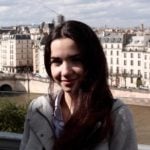 Julia Rodriguez on Cuatro elecciones en cuatro años
Julia Rodriguez on Cuatro elecciones en cuatro años -

-
 Julia Rodriguez on El Secreto de sus Ojos
Julia Rodriguez on El Secreto de sus Ojos

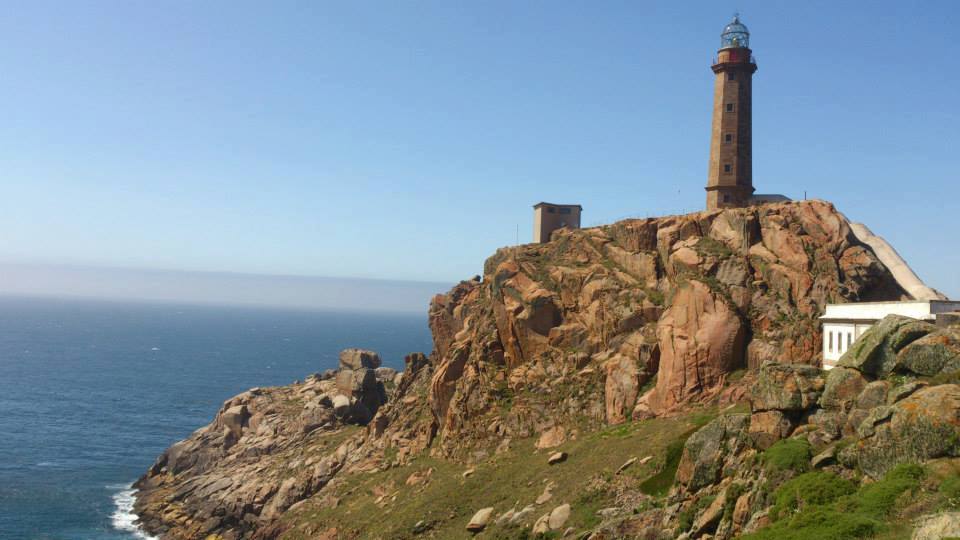

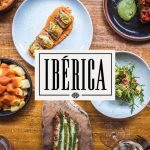

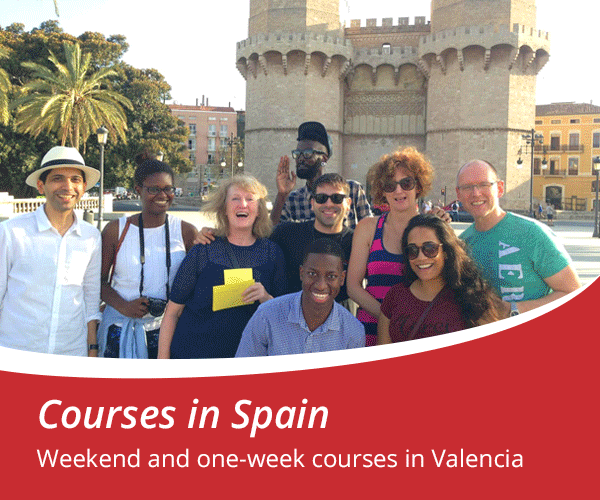

Makes me want to visit Galicia!